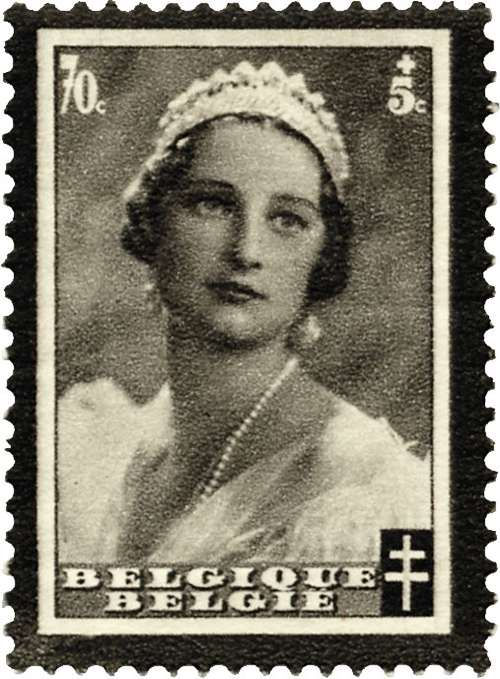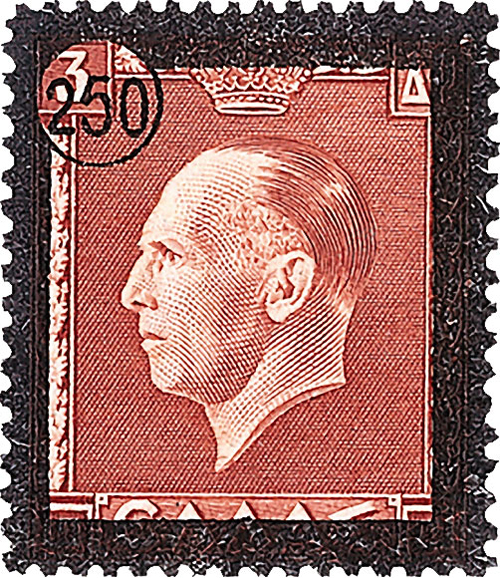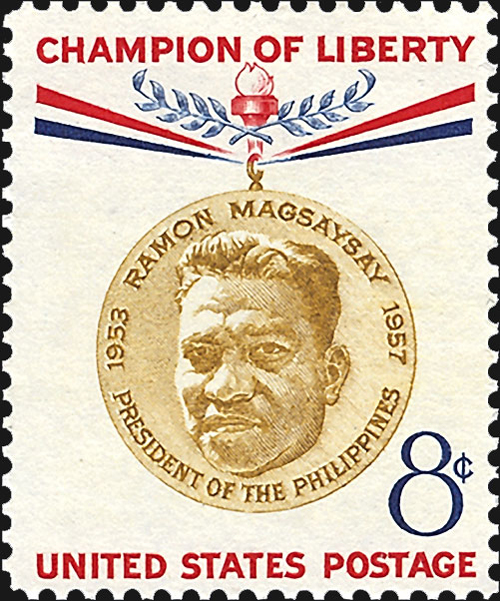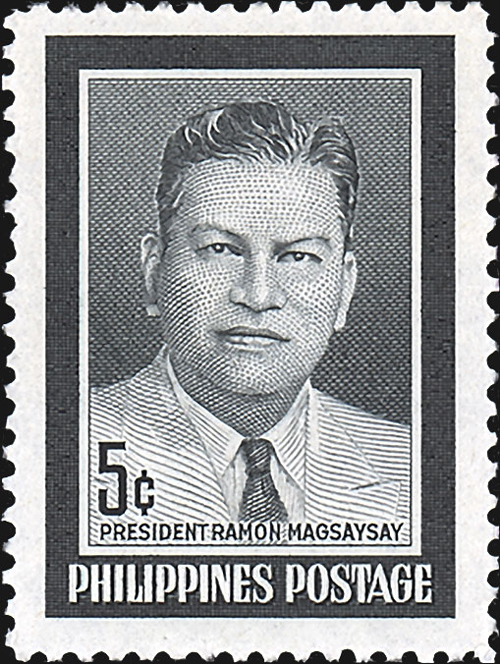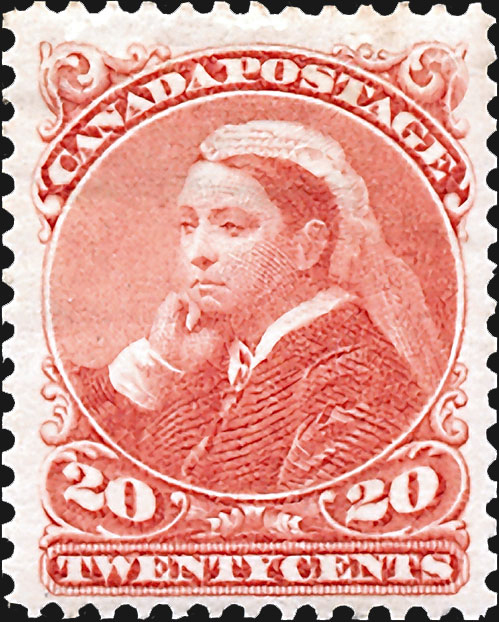POSTAL UPDATES
insights
Consider forming a mourning stamps and covers collection
By Janet Klug
In the mid-19th century, mourning the loss of a loved one was as much about etiquette as it was about personal grieving. Black wreaths and bunting were placed on the front door and men wore black armbands.
Women wore black dresses and veils, an ensemble known as "widow's weeds."
Queen Victoria reinforced the fashion. At the death of her husband, Prince Albert, in 1861, she went into mourning that lasted until her death in 1901. The 40 years of mourning far exceeded the respectable four years a Victorian-era widow was expected to wear mourning clothes.
Victoria appeared in widow's weeds in many stamp designs. An example is the 1893 Canadian 20¢ Queen Victoria stamp (Scott 46) shown in Figure 1. This stamp is even nicknamed widow's weeds.
For about 100 years, from the mid-19th to mid-20th centuries, another mourning custom involved the mail.
Those in mourning used letter paper and envelopes that were edged in black. Some sources say that the width of the borders varied from narrow to broad based upon the closeness of the relationship of the writer to the deceased, the amount of time that has passed, or the importance of the deceased.
The use of mourning stationery was understandable in the days when mail was the only form of widely available long-distance communication. Receiving a letter edged in black let the recipient know instantly that it probably contained bad news and allowed him to steel himself accordingly.
Figure 2 illustrates a mourning cover mailed from Chelsea, England, to Yonkers, N.Y., in 1937.
Nations mourning the loss of a leader have also issuing mourning stamps. An example of a stamp issued specifically to honor a recently deceased leader is the Philippines 5-centavo President Ramon Magsaysay stamp (Scott 638) shown in Figure 3. It was issued on Aug. 31, 1957. Magsaysay died in a plane crash on March 17, 1957.
Magsaysay was such a strong ally that the United States issued a Champions of Liberty stamp on the same day as the Philippines stamp, which would have been his 50th birthday. The U.S. 8¢ stamp (Scott 1096) is shown in Figure 4.
President Abraham Lincoln died April 15, 1865, from an assassin's bullet fired into his brain on the previous day. A year later, the U.S. Post Office Department issued the 15¢ President Lincoln stamp (Scott 77) shown in Figure 5. Although this stamp is part of the 1861 series, many collectors consider it to be a mourning stamp.
The Greek 250-drachma-on-3d stamp (Scott 499) shown in Figure 6 was issued as a memorial for King George II, who died on April 1, 1947. The stamp was surcharged with a new value and overprinted with black borders. Overprinting existing stamp stocks allowed a quick release of the mourning stamp, just 14 days later on April 15.
The use of black borders was not restricted to postage stamps. In 1935, Belgium used black borders on semipostal stamps depicting the lovely Queen Astrid. Astrid was a Swedish princess who married Belgium's Crown Prince Leopold in 1926. In 1934, he ascended the throne and Astrid became the queen consort.
On Aug. 29, 1935, 29-year-old Queen Astrid died in an automobile accident in the Swiss Alps. Just two months later, on Oct. 31, Belgium issued the 70-centime+5c Queen Astrid semipostal stamp (Scott B174) shown in Figure 7. It was the first of a set of eight black-bordered Queen Astrid semipostal stamps.
There have been several royal deaths due to tragic automobile accidents. Princess Grace of Monaco perished as a result of injuries sustained in a car wreck on Sept. 13, 1982. Monaco issued a mourning souvenir sheet (Scott 1367) on April 19, 1983. That date would have been the 27th wedding anniversary for Princess Grace and Prince Rainier.
On Aug. 31, 1997, Diana, Princess of Wales, died in a car crash in Paris, France. On Feb. 3, 1998, Royal Mail (the British Post Office) issued a horizontal strip of five stamps (Scott 1795a) to memorialize the 36-year-old princess. One of the 26-penny stamps (1791) from the strip of five is shown in Figure 8.
The stamps have borders in royal purple, which is also a color of mourning or penitence in some cultures and religions.
For additional information about collecting mourning stamps and covers, write to the Mourning Stamp and Cover Club, John Hotchner, Box 1125, Falls Church, VA 22041-0125.
MORE RELATED ARTICLES
Headlines
-
US Stamps
Oct 9, 2024, 3 PMProspectus available for Pipex 2025
-
US Stamps
Oct 9, 2024, 2 PMGratitude for Denise McCarty’s 43-year career with Linn’s
-
US Stamps
Oct 9, 2024, 12 PMWorld’s first butterfly topical stamp in strong demand
-
World Stamps
Oct 8, 2024, 3 PMRoyal Mail’s Oct. 1 definitive meets new international standard rate

